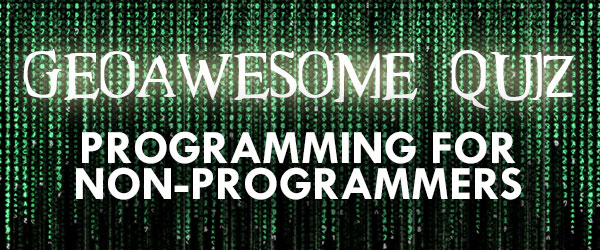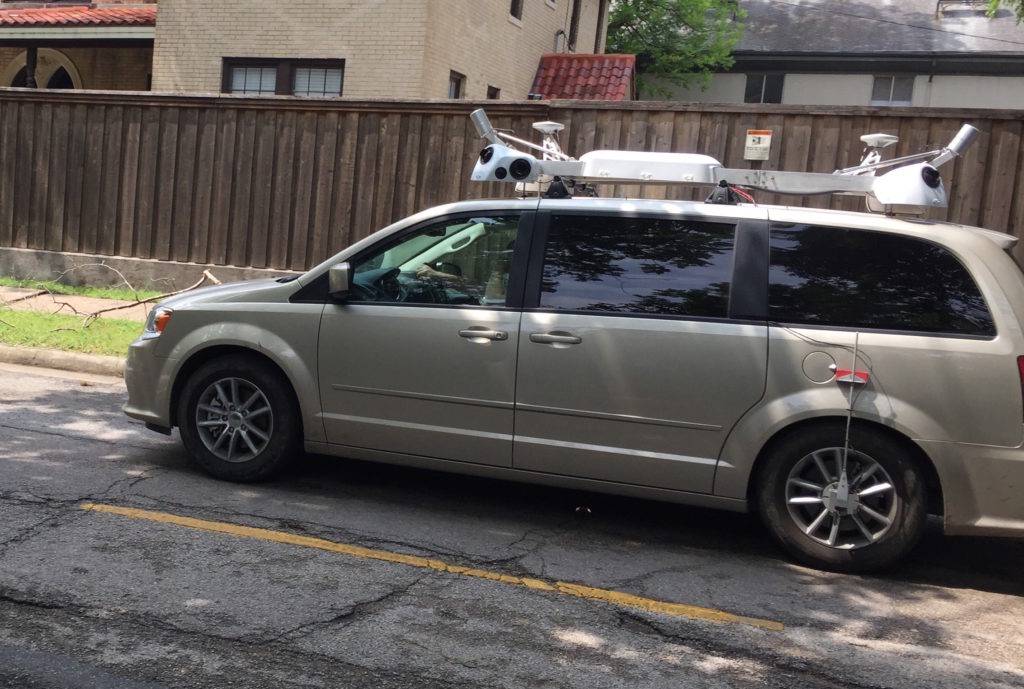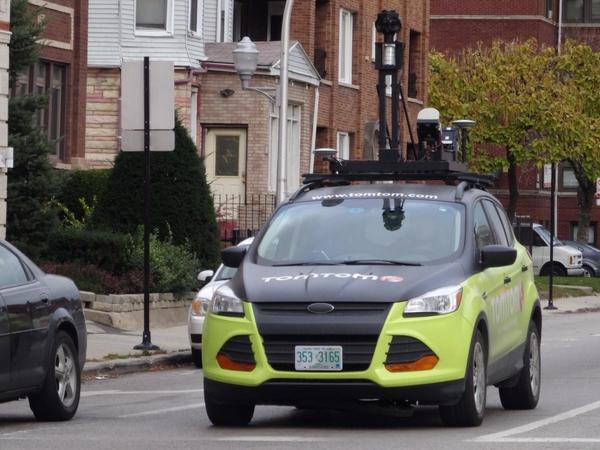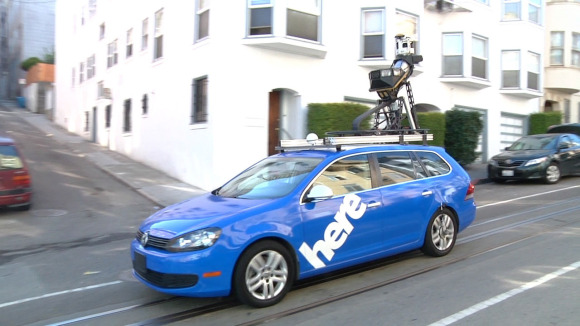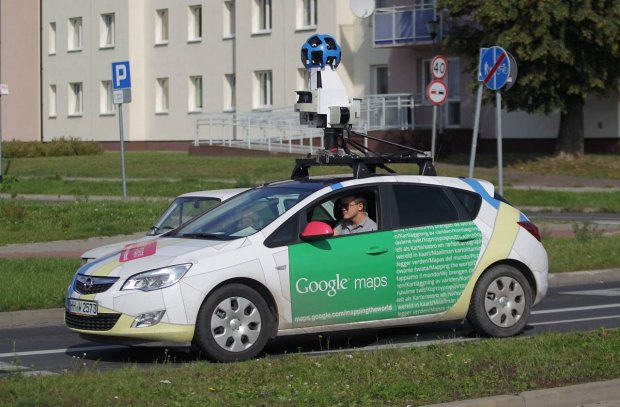
#Fun
#GeoawesomeQuiz 23 – Programming for non-programmers
Have you always wanted to start programming… but there was never a good time to start? This week we’ve got for you programming quiz for non-programmers. Check it out and have fun!
Remember to share your score with the world! And to check out our other GeoawesomeQuizzes!
THE PROGRAMMING FOR NON-PRAGRAMMERS QUIZ
[viralQuiz id=23]
DID YOU LIKE THE QUIZ?
SUBSCRIBE TO OUR WEEKLY NEWSLETTER
[wysija_form id=”1″]

#Fun
#Environment
#Fun
#Satellites
#Science
Simple Raster Analysis: Detection of Landslide Zones
#Contributing Writers
#Fun
#GeoDev
#Ideas
#Science
Mastering NASA’s VEDA: A Guide for Remote Sensing Enthusiasts
#Fun
#GeoDev
#Ideas
#News
From Cloud Buckets to Maps: Modern Tools for Streaming and Visualizing Raster Data

